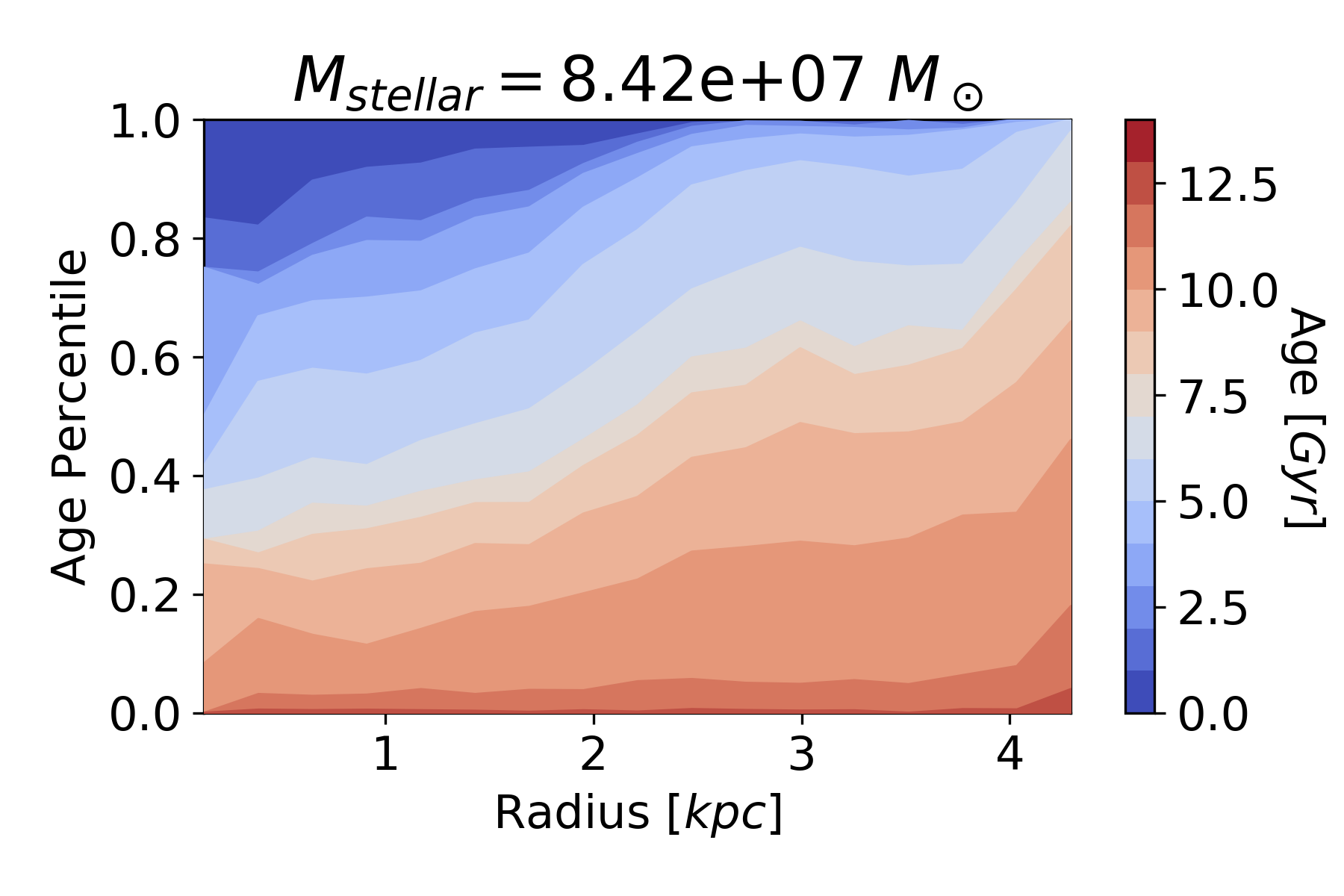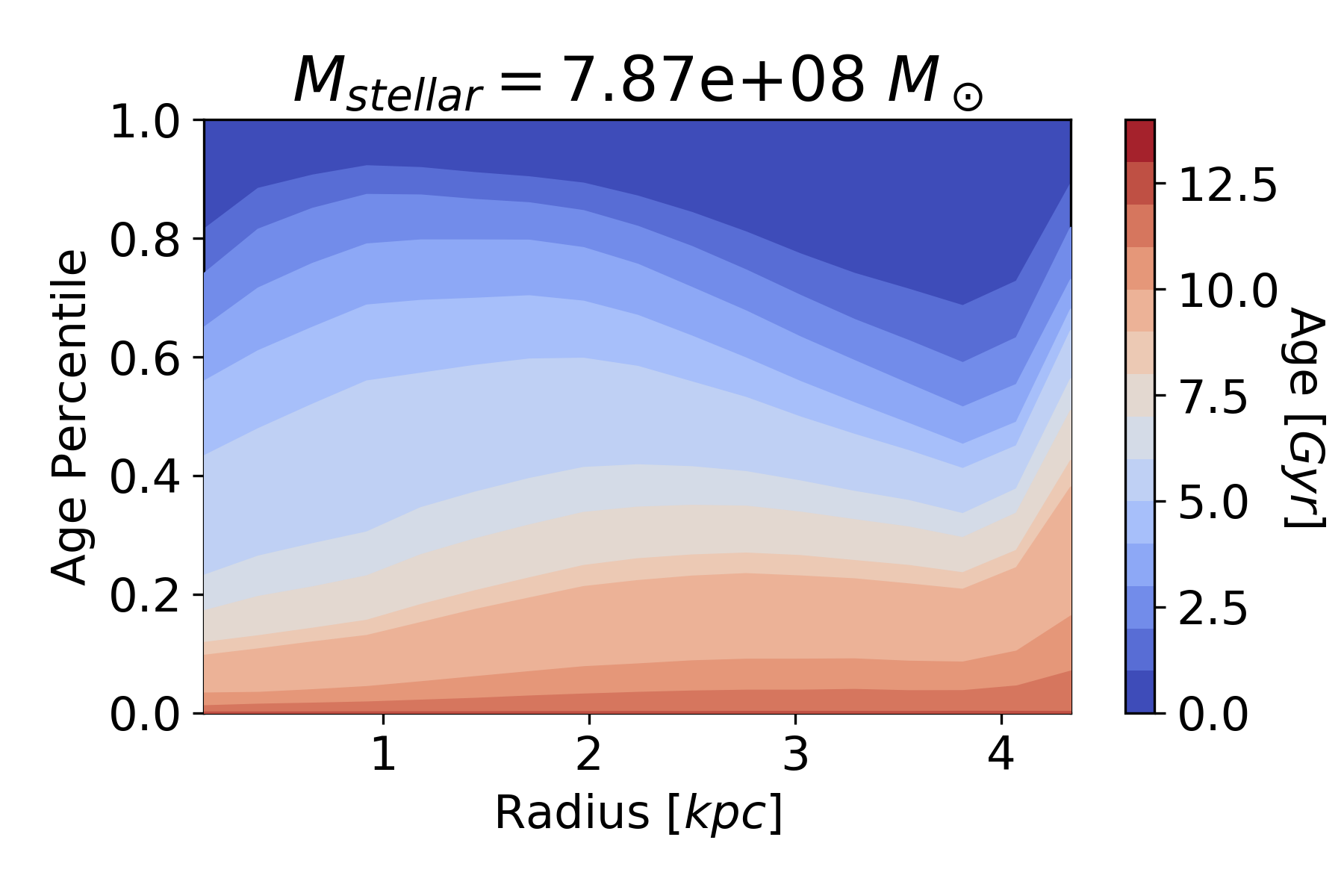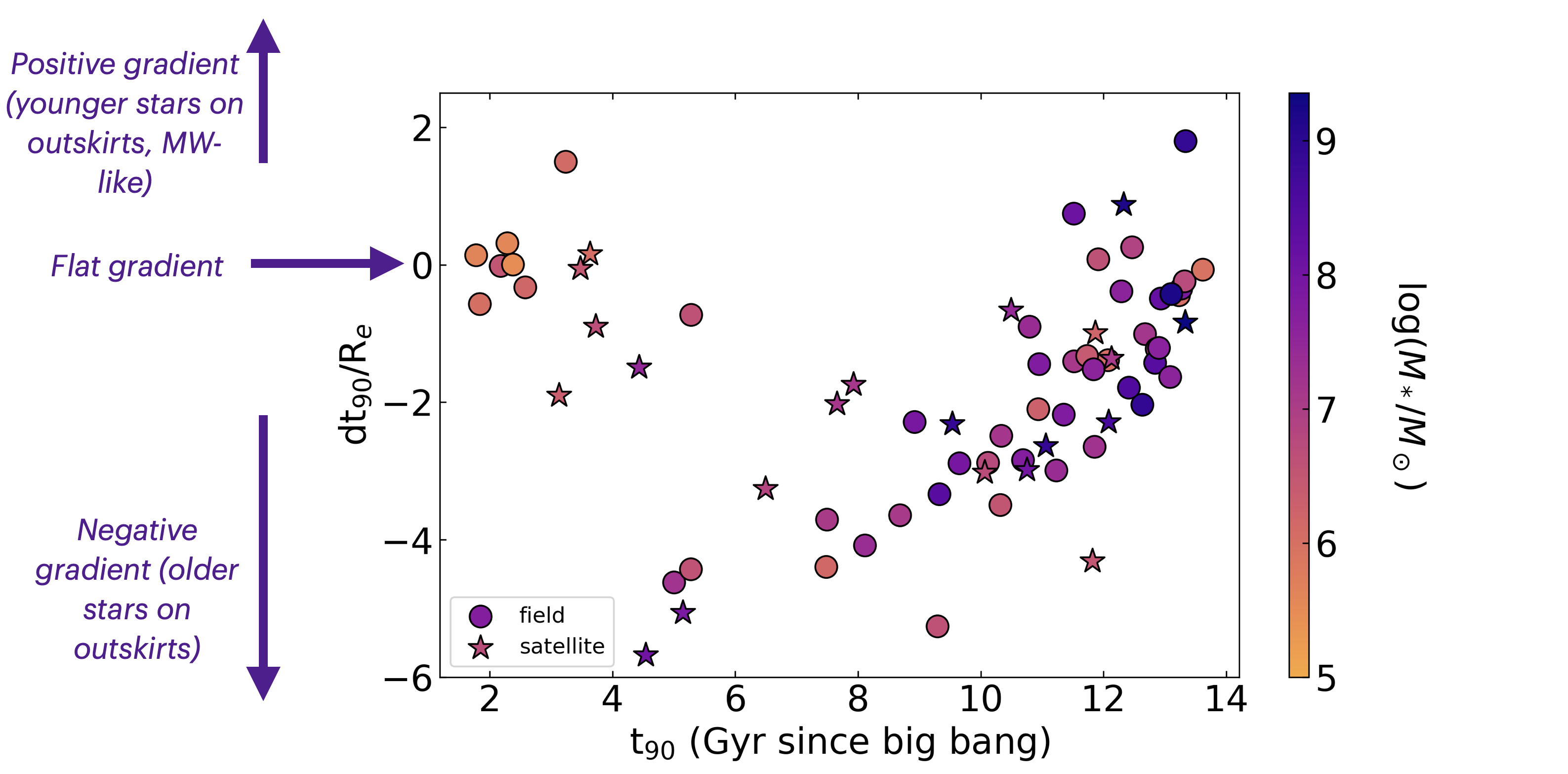Research
I’m currently a Ph.D. candidate at Rutgers, and my advisor is Alyson Brooks. I’m also a member of the N-body shop collaboration. My research interests include dwarf galaxies, cosmological simulations, star formation, computational astrophysics, and more recently, machine learning.
Simulations
I use the simulations from the N-body shop, particularly the MARVEL-ous dwarfs and the DC Justice League. These simulations feature a combined total of 200+ dwarfs, with a wide variety of masses and both field and satellite environments. See a visualization below of Sandra, one of our DCJL simulations.
Star Formation
I’m currently updating the ChaNGa code to include more accurate models of star formation. The general picture of star formation is that stars form from interstellar gas when the force of gravity overcomes the gas pressure, and observationally this is shown to occur in small, dense structures called molecular clouds. However, other factors, including the chemical composition of the gas, turbulence, and magnetic fields can affect star formation (thus increasing the complexity of the problem). Currently, ChaNGa turns gas into stars via temperature and density criteria (once the temperature is low enough and the density is high enough, stars can form). However, real gas is turbulent, and kinetic energy from this motion can prevent the collapse of cold, dense gas. I am therefore implementing a virial parameter in the code in order to increase the accuracy of the star formation scheme.
Age Gradients of Dwarf Galaxies
Please see my 2024 paper on dwarf galaxy age gradients. Observations of dwarf stellar age gradients reveal that they tend to have younger stars closer to the center of the galaxy and older stars closer to the outskirts, and this trend is found across many different types of dwarfs. Furthermore, Milky-Way (MW) type galaxies show the opposite gradient, with the oldest stars near the center and younger stars on the outskirts. The formation of MW-like gradients is well understood theoretically, while the formation of dwarf gradients is less understood. To investigate the origin of dwarf stellar age gradients, I use the large, varied sample of the Marvel and DCJL simulation suites.


